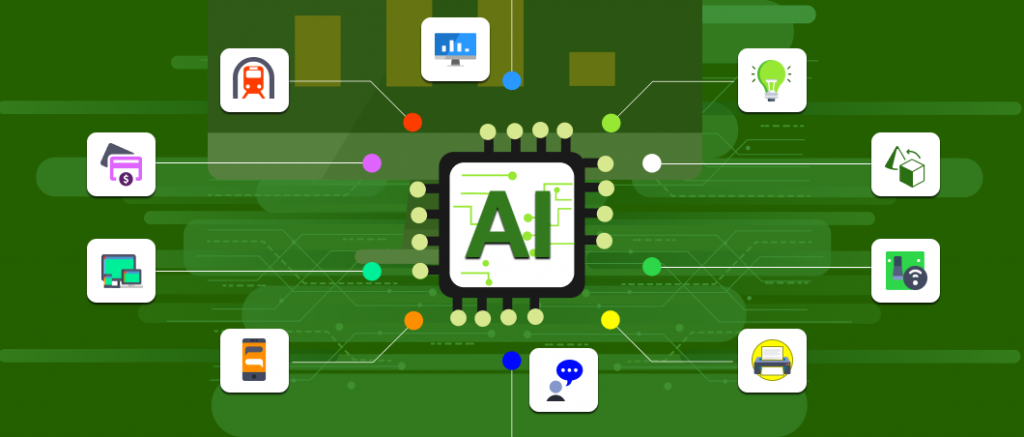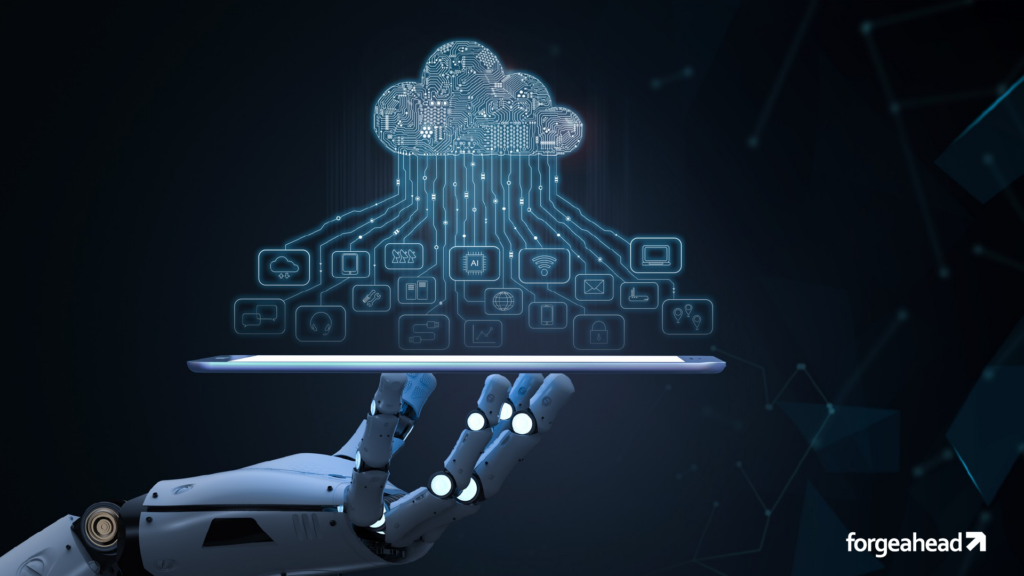Last updated on November 30th, 2022
Artificial Intelligence, the technology that promises to be the future of computing and the key driver of innovation is gradually making its mark in the not so extraordinary and mundane tasks of the enterprise. Associated in the public consciousness primarily with the driverless vehicles and digital assistants, the last few years have been witness to the evolving AI landscape far beyond such innovations.
As market dynamism and complexity continues to rise, organizations have realized that they need to adopt a more outcome-driven and flexible approach towards business. With AI at the wheel (figuratively speaking), organizations are looking at making their decision-making processes faster and more accurate, at accelerating innovation, uncovering new revenue streams, and increasing organizational efficiency. All of these ultimately cement the path of profitability.
But why does AI become a compelling technology for organizations today?
We are now moving into an era that is more dynamic than ever. We have heard how electricity and standardized processes ushered in a wave of business transformation almost a century ago. With these, we saw the emergence of the age of mass production. Information Technology and the internet then further transformed the business landscape by making it more collaborative and distributed. Today, AI is leading the next business revolution by giving organizations the capability to become driven by insights derived from real-time data. AI promises that enterprises will gain the capability to become faster, more flexible, and uber-adaptable.
The case for AI in Business Process Automation
It hardly comes as a surprise then to see AI has become the new best friend of Business Process Automation. The objective of Business Process Automation has been to increase efficiency and improve costs. However, as the volume and variety of data increases along with the rising dynamicity of business dynamics, business processes express behaviors that also become increasingly complex. Traditional data-mining techniques thus become inadequate to manage this difficult environment.
Along with this is the growing sophistication of process-based applications that have a direct business impact. Today, there is no place for delays because of human errors, load management, resource unavailability, and external dependencies amongst other things. With AI, these processes gain the capability to make continuous improvements. They can now predict what could happen based on expected outcomes, recommend the associated corrective actions, act proactively, and even measure the impact of these actions.
What makes AI ripe for the enterprise is the growing complexity of businesses…that of faster business cycles, growing volumes of complex data and customers who are more demanding than they have ever been.
To provide a strategic advantage, business processes are naturally turning towards Robotic Process Automation. Here the application of technology is governed by intelligent automation using AI which can supercharge the automation efforts. Given its capabilities, AI is a natural partner for automation efforts. It brings with it the capability to analyze huge volumes of data and automate routine tasks faster. In fact, McKinsey estimated that AI can automate almost 45% more of any task. This automation, of course, gives employees the bandwidth to focus on more mission-critical tasks.
As we enter the age of digital transformation, just to stay ahead of the curve, organizations have to ensure that the processes they employ become more adaptive and agile. I read this by Chris Mazzei, EY Chief Data & Analytics Officer, and Global Innovation Technologies Leader, “AI technologies have been proven to streamline operations and speed-up internal processes. However, businesses should think more holistically about the competitive advantages that can be reaped from thoughtful applications of AI in product and service development, sales enablement, enhancing customer experience, or capturing business intelligence that helps impact the bottom line.” The key is to look at this as a part of a comprehensive and organization-wide strategy, holistically, as Mazzei says.
Using Robotic process automation organizations can configure software or a ‘robot’ to capture and interpret applications for manipulating data, triggering responses, process transactions, and communicate with other associated digital assets and systems. Deloitte LP, for example, completely redesigned its claims process and made it more efficient by employing 85 bots that ran 13 processes and handled approximately 1.5 million requests in a year. This was the capacity equivalent of more than 200 full-time employees.
Organizations can also supercharge their process automation efforts by employing cognitive technologies such as natural language processing, Machine Learning, speech recognition, etc. in RPA initiatives to automate high-order tasks that previously demanded the employment of the perceptive and judgment competencies of humans.
With AI injected into business processes, employees can be freed up from rote tasks and can focus on strategic innovation and on identifying means to achieve greater customer satisfaction. AI plays a key role in dramatically improving knowledge and information management processes and thereby helps businesses achieve competitive advantage. With all the benefits that AI brings to the table, it is hardly a surprise that the total economic impact of AI in 2030 is expected to be close to $16 trillion and of that $6.6 trillion is expected to come from increased productivity.
What makes AI ripe for the enterprise is the growing complexity of businesses…that of faster business cycles, growing volumes of complex data and customers who are more demanding than they have ever been. To enhance the customer experience, manage risk, improve productivity, and drive revenue growth, organizations have to look at how existing business processes work and evaluate how these can be improved by AI. That’s if they want to stay competitive, that is.



